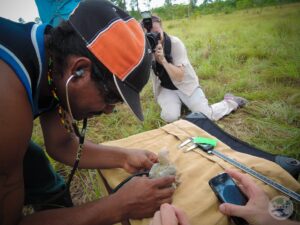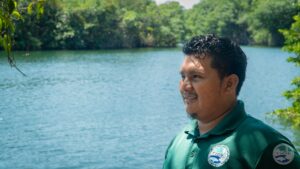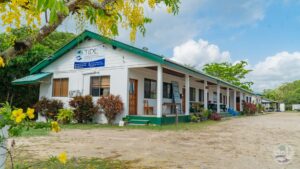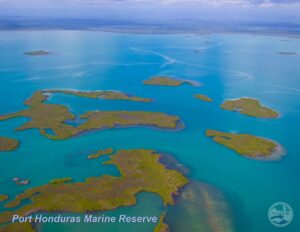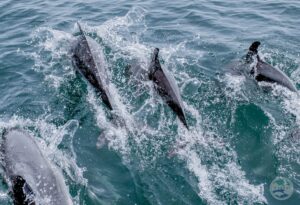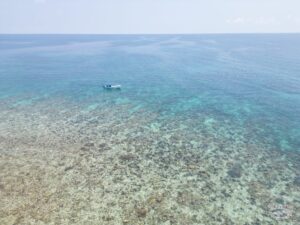Explore Punta Gorda, Toledo
Places to Visit
The Toledo district is the only one of its kind in the country of Belize. It boasts every feature that mother-nature has to offer. These include the historical Mayan temples, mysterious caves, crystal clear rivers and waterfalls, lush tropical forest, abundant wildlife, lagoons, creeks and cayes with white sandy beaches. Things to do while visiting Toledo are: fishing, diving, canoeing, kayaking, caving, hiking, birding and sight-seeing, among others.




